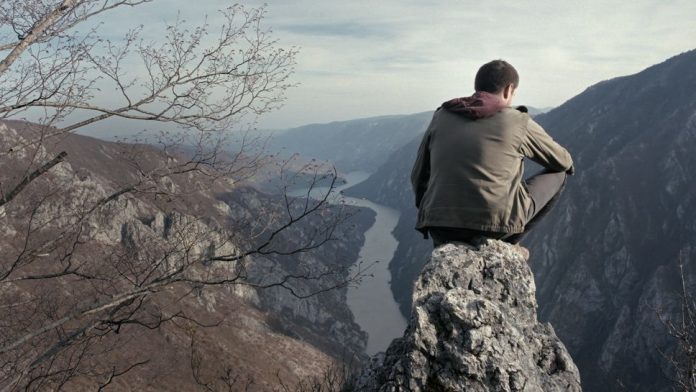Screened in the Swiss Panorama section at the Locarno Film Festival, Zijad Ibrahimović’s documentary Il ragazzo della Drina follows the return of Irvin Mujcić — the “boy from the Drina” — to the Srebrenica region, the town where he was born and where his father was killed during the July 1995 massacre.
Raised in Italy, Irvin decides not only to visit but to live there again, bringing with him plans — perhaps even utopian dreams — to rebuild the village with wooden houses. Today, only four people live there, including the elderly Emin, who lost his entire family in the war and survives by farming with old tools and a horse named Charlotte. Before the conflict, over two hundred inhabitants lived there; between the dead and the displaced, the village has been reduced to a shadow of what it once was.
Ibrahimović invites us into thoughts, words, and paths between the village and the forest in the first part of the film, deliberately avoiding immediate mention of the Srebrenica massacre — when more than 8,000 Bosnian Muslim men and boys were executed by Bosnian Serb forces under the command of Ratko Mladić. The Dutch UN troops tasked with protecting the area did not intervene when the Serbs invaded the industrial complex of Potočari. One of the greatest failures in UN history, the massacre was ruled a genocide by the International Court of Justice in The Hague. This event was portrayed in Jasmila Žbanić’s Quo Vadis, Aida?, which focuses on a UN translator during those days. In reality, Irvin’s father held the same role — and was one of the victims.
The weight of the war still hangs over the place. Irvin leads us through the forest, where we discover remnants of that past: old blankets, escape trails, a worn military jacket, battered boots, a food package stamped with a 1994 expiration date. Everything seems suspended in time, as if the place still carries the scent of open graves, even though some former mass graves have been given new functions.
In just 75 minutes, Zijad Ibrahimović bypasses archival footage to immerse us in a living confrontation with trauma. Irvin states clearly: as long as we don’t confront the trauma, we cannot move forward — we remain stuck. His homecoming is not about nostalgia, but about facing reality — and from it emerges an act of redemption and a fragile hope: to revive a territory burdened by the past.


